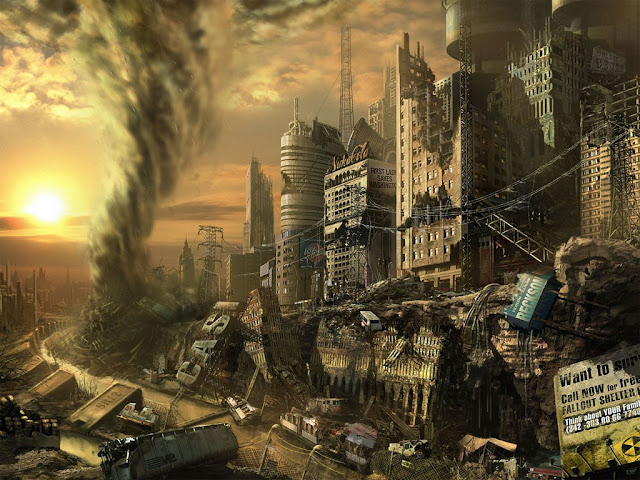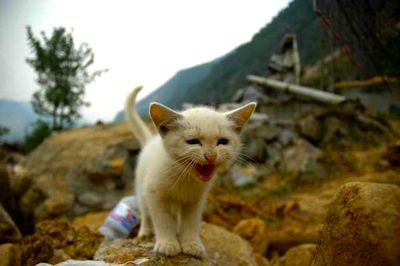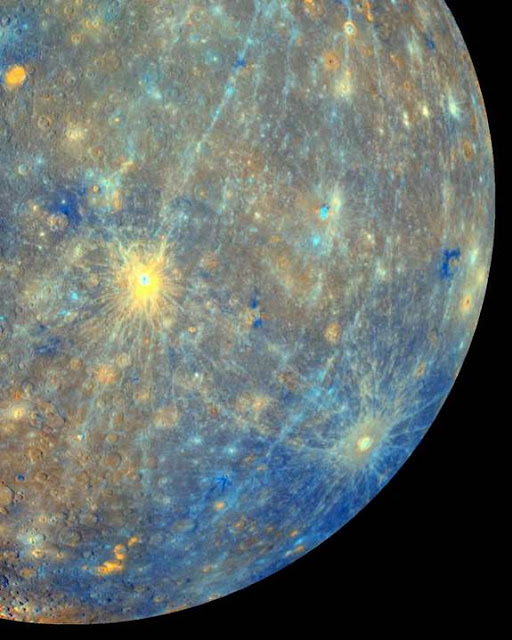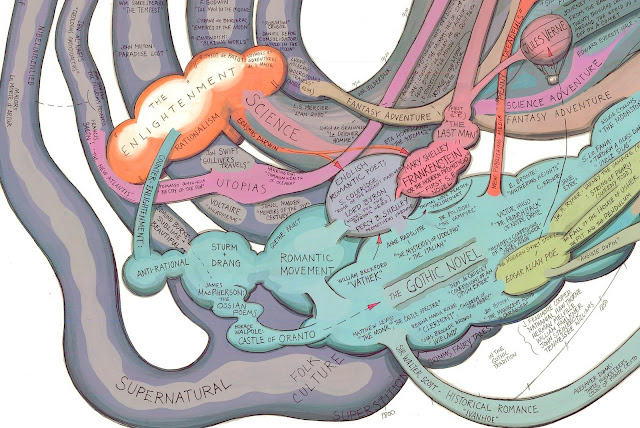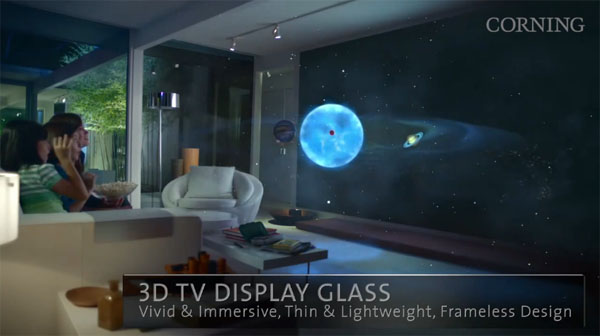The Dark Side of the Moon. LROC WAC orthographic projection centered at 180° longitude, 0° latitude. Image Source: NASA/Goddard/Arizona State University.
Caption for the above photograph: Because the moon is tidally locked (meaning the same side always faces Earth), it was not until 1959 that the farside was first imaged by the Soviet Luna 3 spacecraft (hence the Russian names for prominent farside features, such as Mare Moscoviense). And what a surprise - unlike the widespread maria on the nearside, basaltic volcanism was restricted to a relatively few, smaller regions on the farside, and the battered highlands crust dominated. A different world from what we saw from Earth.
Today marks the last full moon of winter. It's special in that it is unusually close to the Earth. The Farmers' Almanac terms the March full moon as the Full Worm Moon:
A few days ago, in the wake of the huge Japanese earthquake, a commentator on CNN remarked that the proximity of the Moon to the Earth can affect tsunamis and earthquakes.As the temperature begins to warm and the ground begins to thaw, earthworm casts appear, heralding the return of the robins. The more northern tribes knew this Moon as the Full Crow Moon, when the cawing of crows signaled the end of winter; or the Full Crust Moon, because the snow cover becomes crusted from thawing by day and freezing at night. The Full Sap Moon, marking the time of tapping maple trees, is another variation. To the settlers, it was also known as the Lenten Moon, and was considered to be the last full Moon of winter.


